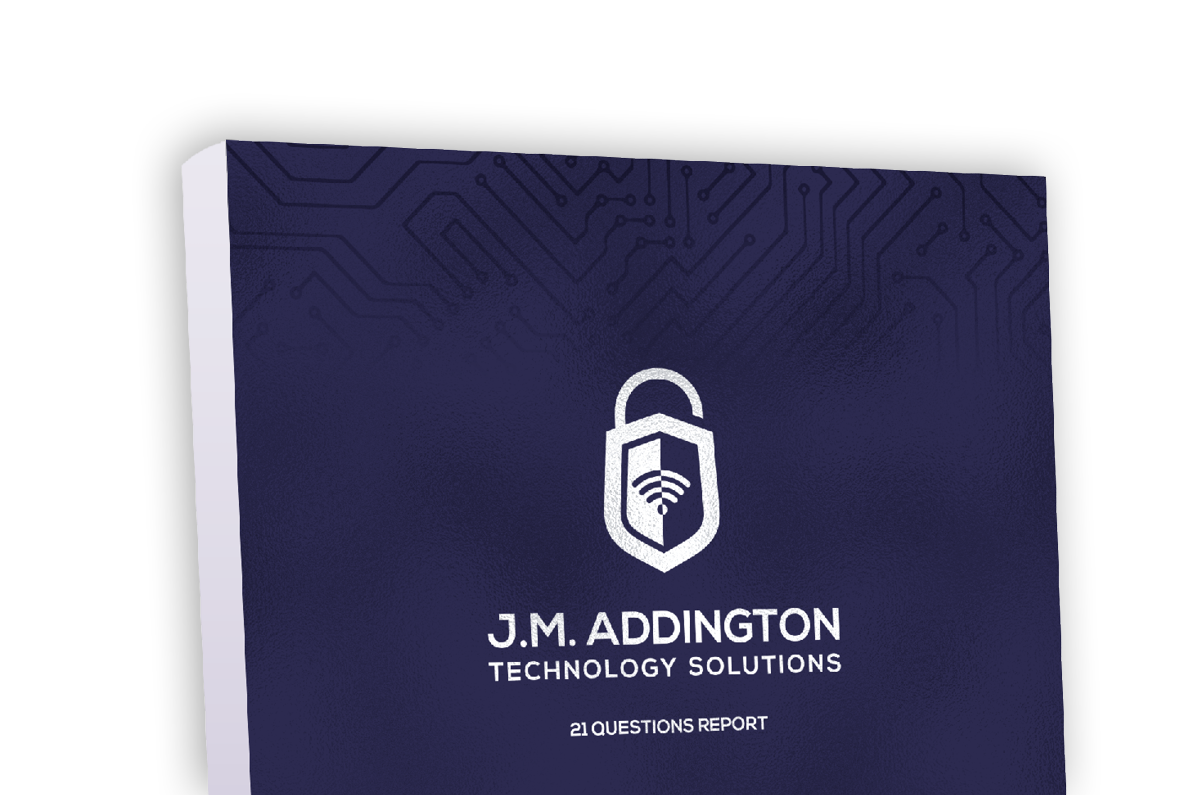Today we’re going to go over the two main types of testing, and why we can’t just jump to serology testing.
How does increased testing affect New Cases?
Let’s start with a point we made yesterday:
There are two primary reasons that we test in public health:
- To find out if a specific individual is sick. In the case of COVID-19 this would be to ask them — and anybody that they have been in contact with — to self-isolate to prevent further spread
- To find out how widespread a disease is in a community or geography (city, county, state, prison, hospital, nursing home, etc.)
There are two primary types of tests for COVID-19, at this point, essentially, one for each.
Test Types
This first time of testing makes up all of the confirmed cases that we know about in the US and is done exclusively (right now, as far as we know) by RT-PCR. This is the test where they put a swab far enough up your nose to tickle your brain, then use chemicals (reagents) to transfer the sample to a test tube or similar. After that, chemicals are added to convert virus’ RNA to DNA. Finally, the DNA is “amplified,” — increased — until there is enough of it to identify.
The RT-PCR test typically has a high degree of accuracy of identifying a sample where the virus really does exist, and successfully not identifying samples where the virus does not exist.
The RT-PCR test mostly tells you if you are sick right now. The RT-PCR testing is limited right now because the world doesn’t have enough of all of the supplies required — swabs, PPE, reagents, etc. — to test as many people as we’d like.
The RT-PCR test is also critical to contact tracing: finding everyone that has been exposed to someone currently infectious. If I expose you and the health department tests me positive and then calls you right away to let you know that you have been exposed you can stay home and stop the spread. Other tests — to date — don’t offer this kind of immediate payoff.
The type of test you may have heard about in the news — the antibody test or serology test — is a blood test that looks for antibodies, proteins that your immune system creates to fight off invading viruses and bacteria. The antibodies stick around after an infection, sometimes for a little while sometimes for the rest of your life.
The serology tests that we’ve seen so far are typically in the 95-98% accuracy range. To use an example from Dr. Osterholm, if the test is 95% accurate, and 5% of a population is infected, then testing 100,000 people will result in 5,000 who either were told that they were sick but weren’t, or were told that they were not sick and are/were
At this point we haven’t seen any serology tests accurate enough to use for a specific person. However, those levels of accuracy are good to enough for a population. For instance, if you wanted to know what percentage of Knoxvillians had been exposed to COVID-19 a serology test would work great, but it wouldn’t be very reliable on a per-person basis. [1]
The PCR tests are accurate but we don’t have enough supplies to test everyone. Also, they are snapshot of who is infected now. The serology tests, by contrast, can be done more widely (we have enough supplies) and tell us, broadly, who has been infected, ever. (Ever = up to this point, we don’t know how long COVID-19 antibodies will stick around as the virus itself has only been around for a few months).
There are other tests being thrown around, saliva based tests, antigen tests, but we haven’t seen any that are far enough along to report on, much less be useful in the real world. Eventually, you can expect to see a combination of PCR and serological tests being used to help inform the policy response and understand where we are at with COVID-19.
Bonus points: The best epidemiological models for COVID-19, to date, appear to be based on SEIR: Susceptible (people), Exposed (people), Infectious (people) and Recovered (people, which includes those who died). PCR can tell you about Infected, serological can tell you about Susceptible.
These posts helpful?
Then go ahead and share them where you saw them once or twice a week.
Get In Touch
Need help thinking this through? Access to more data? Help getting your technology in order to handle what’s here and what’s coming? Contact us today.
[wpforms id=”4995″]Other
Thanks to those that have shared kind words or liked these posts. We’re doing out best to put out data-driven analysis, each one of these takes about 2 hours. It’s helpful to know that they are being read.
If you want copies of the Excel sheet and PowerBI Reports we use to put these together email us, info@jmaddington.com. Right now, our PowerBI combines data from JHU, NYT, COVID Tracking Project, IMHE and the TN Department of Health. Most sets are updated daily.
[1] We are simplifying. This article goes over the accuracy in more detail and proper terminology. There are serological tests claiming higher accuracy but we haven’t seen any that have passed through peer review at those higher levels of accuracy.
Download our Report!
Get your copy of What Every Business Owner Must Know About Hiring an Honest, Competent, Responsive, and Fairly-Priced Computer Consultant.
